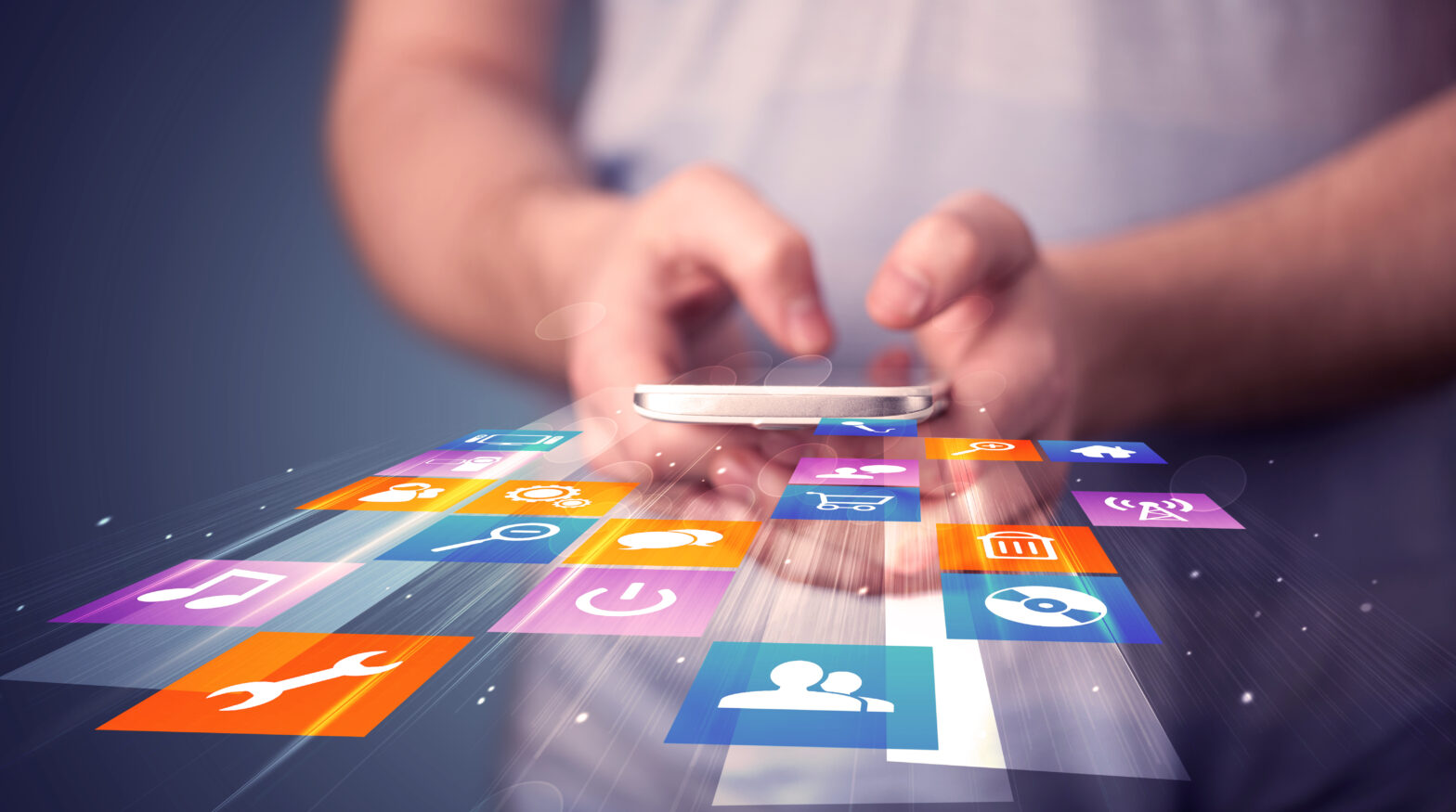Although the tech world fetishises heavy app usage, there’s a point where digital users become digital addicts. The choices of app designers and developers affect the wellbeing of individuals and shape society.
Developers can give app users what they seem to want – material for binge consumption. Demand, after all, is how tobacco companies justify their business.
Or, they can design apps that protect users from abuse and addiction – and doing the right thing is easier than they may think.
Digital and media addiction is not new – it existed before the smartphone, but the smartphone has made it a global illness.
Across decades of academic research, researchers have grappled with media addictions and there is a pretty clear consensus: people can abuse technology, and doing so has serious consequences.
>See also: Mobile web vs. apps: which will triumph in the battle for advertising spend?
The conversation about digital addiction changes as technology advances. Can people be addicted to TV, or do they just lack self-control (1992)? Do internet addicts become depressed and lonely from abusing the web, or do they abuse the web because they’re lonely and depressed (2003)?
If the average user spends 160 minutes per day on a smartphone, and 30% of that time goes towards WhatsApp and Facebook, does that mean users have a rich social life (2016)? Or, do they have an addiction that makes them chronically distracted, unproductive and emotionally stunted?
Mobile technology is particularly hard to study because it has seeped into every activity and every waking hour of life. The new normal camouflages destructive behaviours.
For instance, the average smartphone user checked his or her device 150 times per day in 2013. Millennials, on average, spend 18 hours per day with different types of media. Are those signs of illnesses, or is that modern life?
Two studies in particular should inform how we distinguish abuse from healthy norms. The first is a 2015 study lead by Sang Pil Han, professor of information systems at Arizona State University. “In terms of addictiveness,” he said, “[mobile social apps] more considerably foster dependency than do cocaine and alcohol, but are less addictive than caffeine and cigarettes.”
Han’s team reached this conclusion examining the use of Facebook and Anipang, a popular Korean mobile game, among smartphone owners in Korea.
The second study is a literature review (i.e. study of studies) conducted by Sree Jadapalle, MD. Based on 13 MRI studies, she found that individuals diagnosed with an internet addiction disorder (IAD) show reduced levels of dopamine transporters.
Much like drug addicts, internet addicts build up a tolerance to their media of choice. The user needs more and more of the same digital experience to feel the same dopamine high. In essence, digital abuse can mess with our brain chemistry and create abnormalities.
Regardless of what we see as commonplace or normal, it’s pretty clear that apps can be as addictive as hard drugs, and that internet addictions cause visible, physical damage to our brains.
Uncapped use apps
Mobile devices and apps are the ultimate dopamine duo. They are with us constantly, and masterfully hijack our attention.
Posting about yourself on social media, multitasking and video gaming, among other things, all stimulate the brain’s pleasure centre and release dopamine.
‘Uncapped use apps’ distinguish addictive apps from the rest? There is no fundamental constraint on usage – the main goal is the use itself, and the dopamine reward it provides.
These apps are designed for constant, limitless use because binging is lucrative for the developer. Heavy users generate more ad revenue and make more in-app purchases. Attracting them is the primary design goal.
Most apps, on the other hand, are ‘capped’ in use. They have an inherent goal or feature, the need for which is finite. Meditating or checking your to-do list are capped activities. While the app may encourage more of those behaviors, addiction is highly unlikely.
Uncapped use apps are not inherently evil. Rather, like alcohol or junk food, they need to be treated as any product that can be used in a safe or compulsive manner.
Thanks to nutritional facts, people know how many calories are in a bag of potato chips. But mobile users have no idea how much time they really spend in apps, and that is concerning.
Users deserve digital ‘nutritional’ facts. Knowing that the line between heavy use and abuse is vague, developers of social, gaming or other uncapped use apps can design two features to protect people.
>See also: 6 questions to ask when deciding between native vs web apps
First, identify users who rank in the top 20% for daily log-ins and time spent using the app. Email or text them a weekly report that reveals how frequently they logged in and how much total time they spend interacting with the app. In settings or account information, add a ‘usage’ section where all users can see this information.
Second, design self-regulation tools and add them to your app’s usage section. One tool could limit daily log-ins (or entry to the app) to a quantity set by the user. Another could limit daily time in the application. This will empower people to use these apps responsibly.
In the religion of the global tech community, these suggestions are heretical. Investors, journalists and other developers will only praise you for building an app that accrues millions of users who get lost in your app for hours per day.
No one will celebrate you for protecting users against mindless, destructive binging – not yet, anyway.
Tap into your moral courage. Design responsible disclosure and self-regulation tools into your app not because it’s mandated, but because it is the right thing to do.
Sourced from Felice Miller Gabriel, co-founder, Delvv










